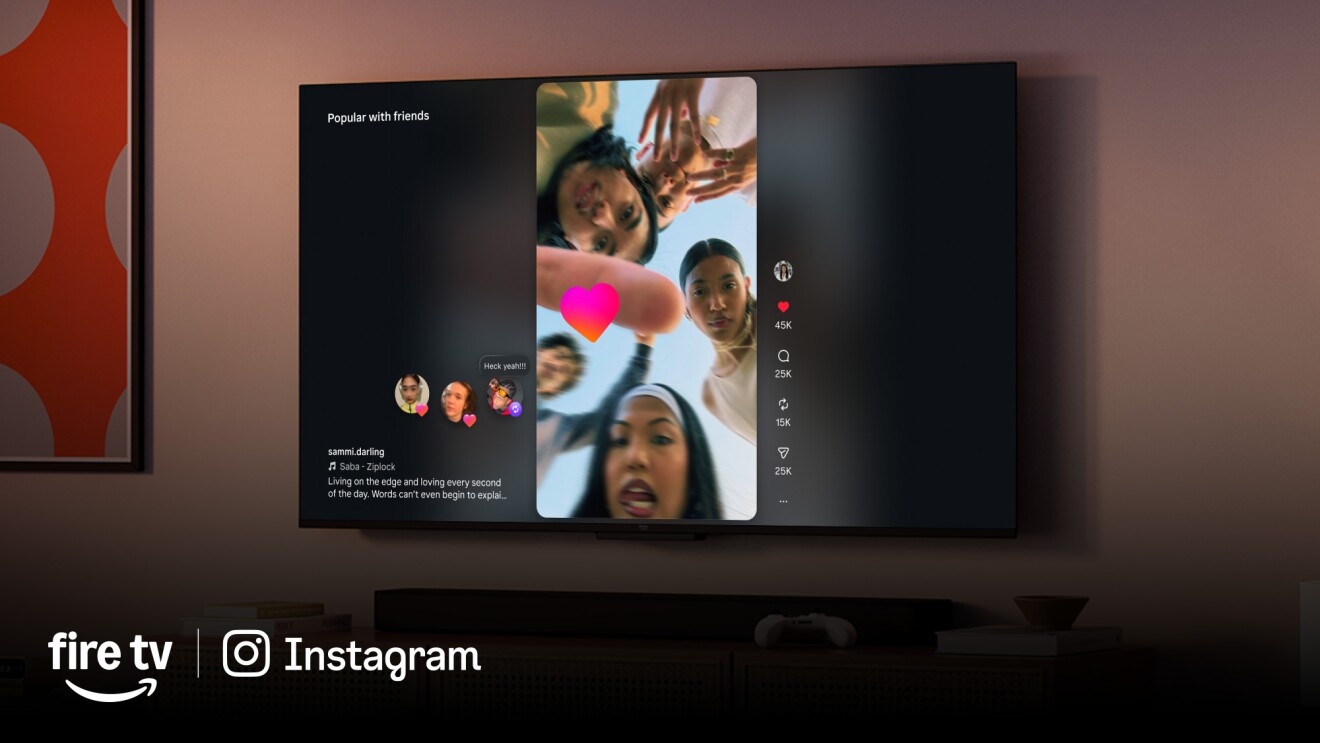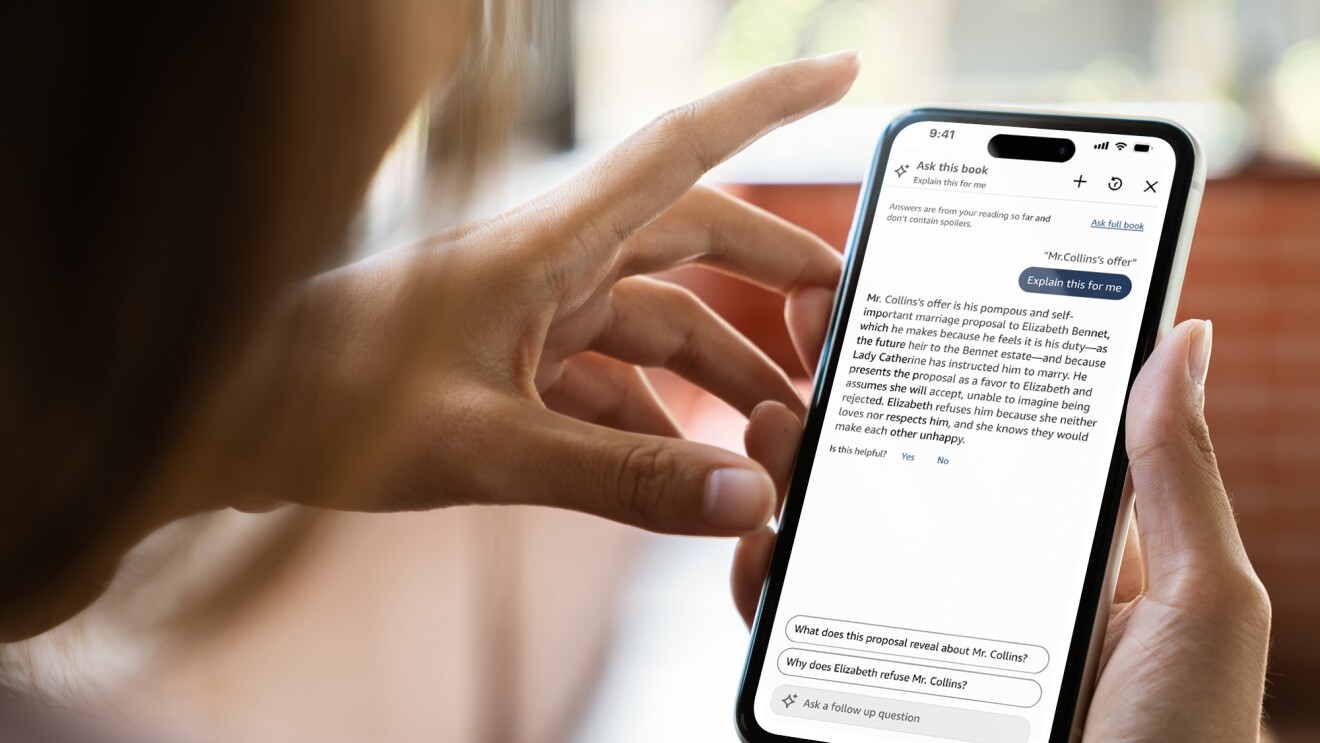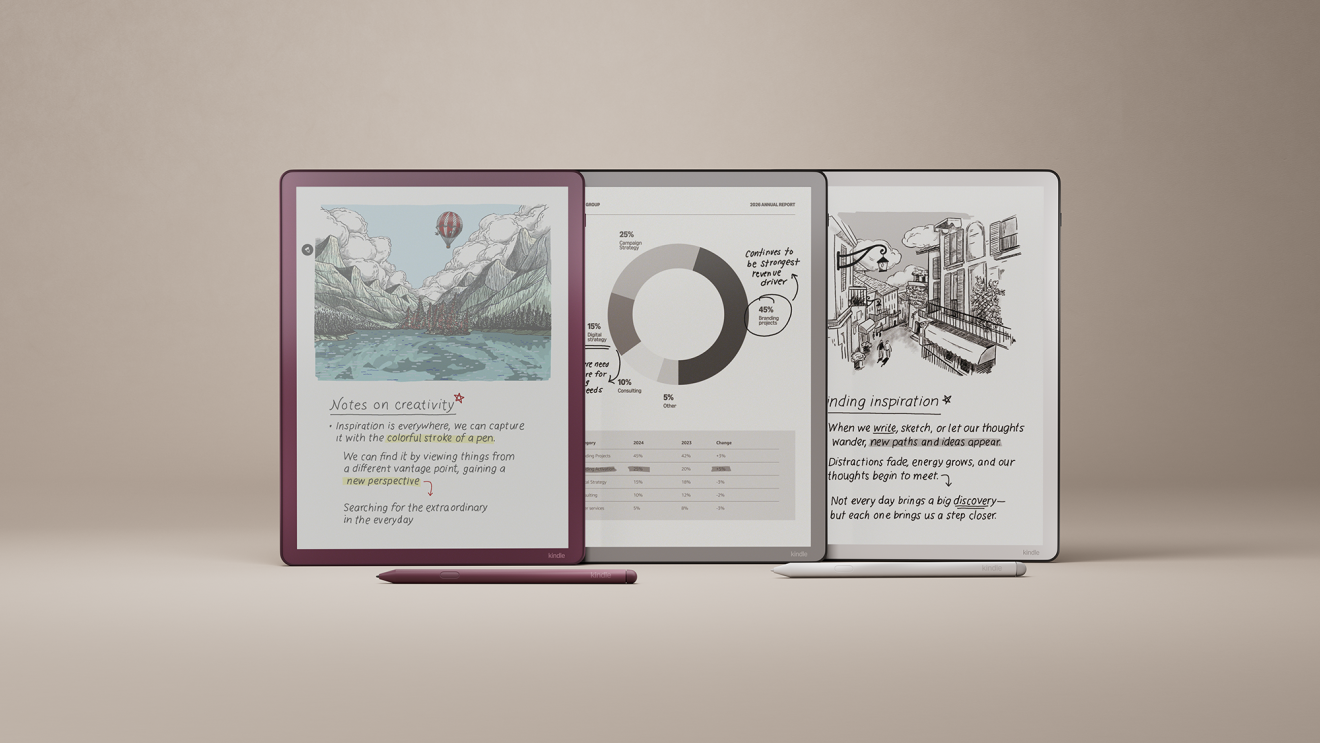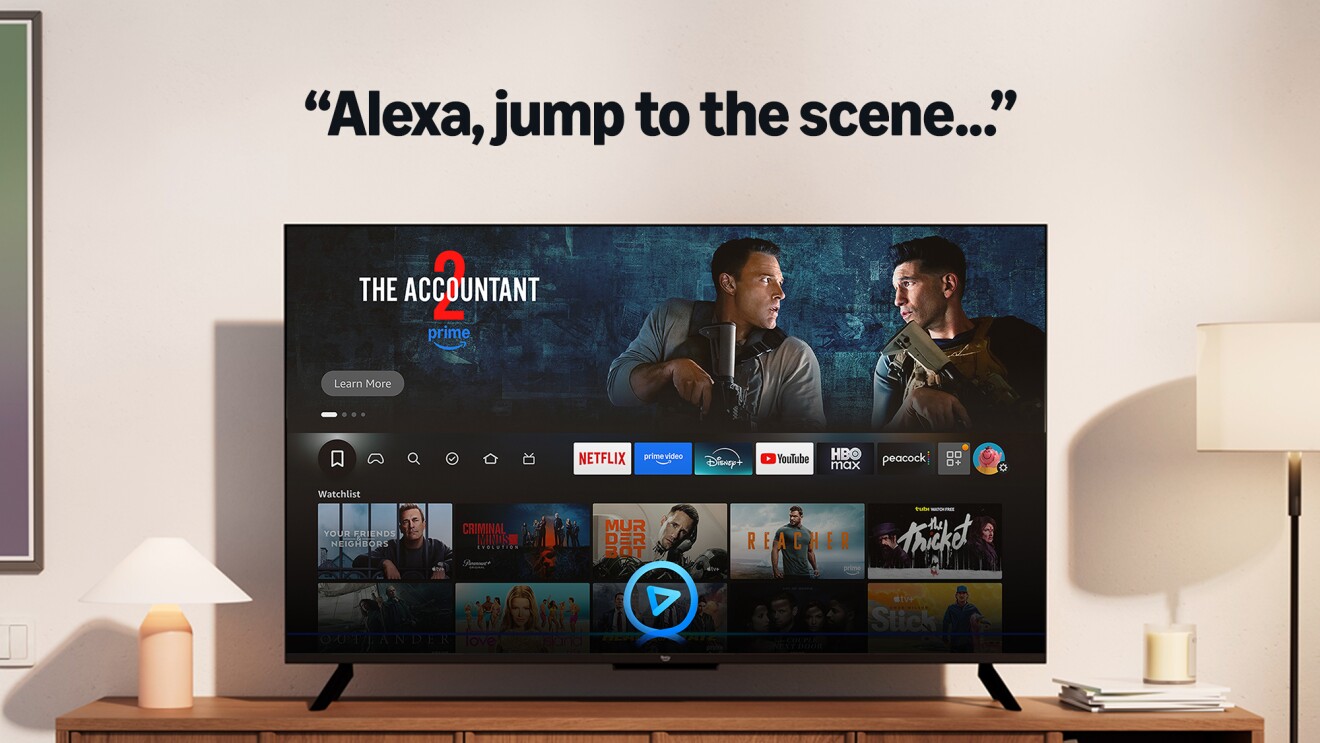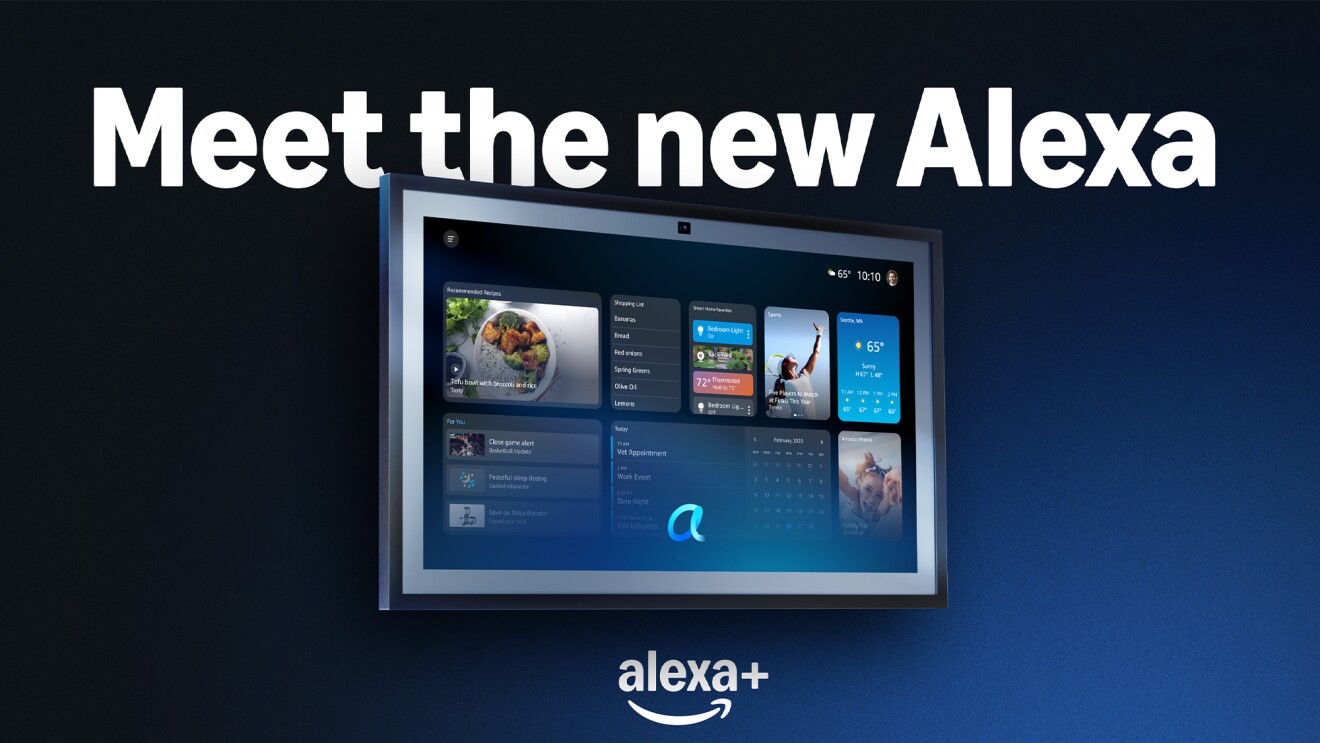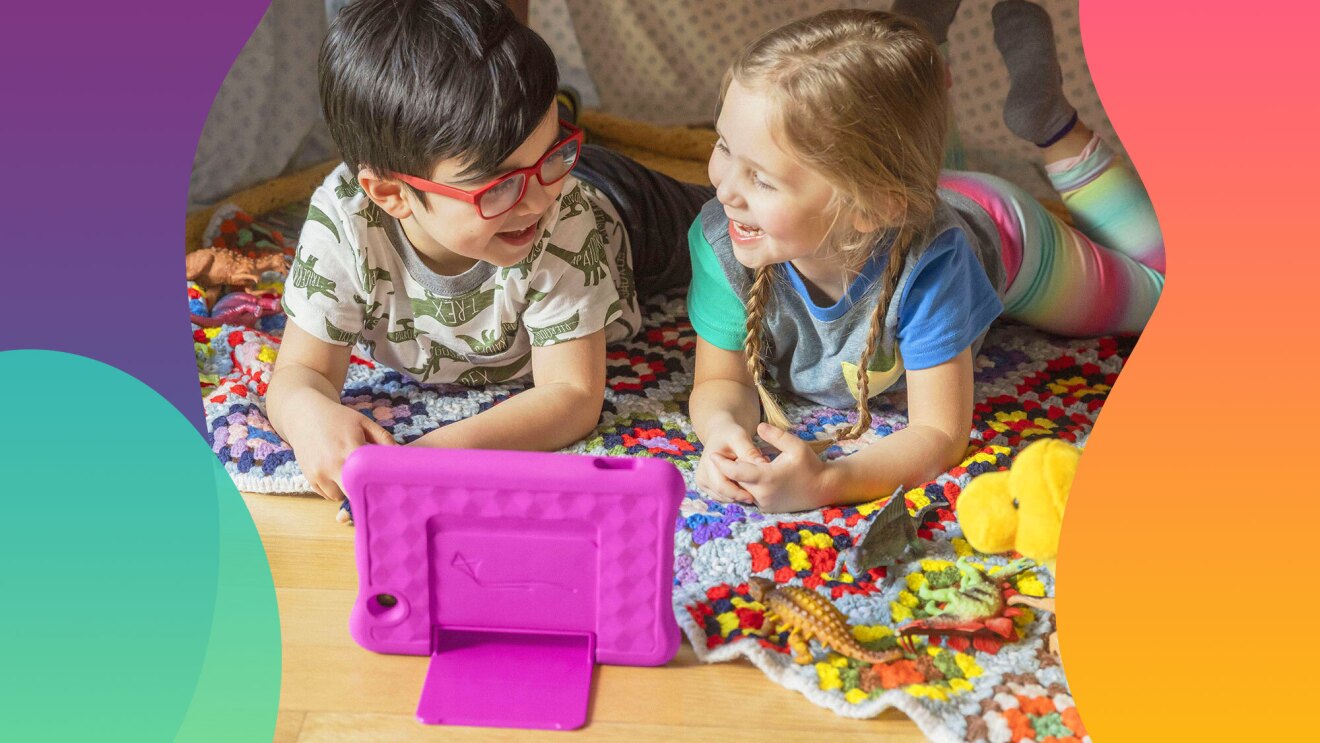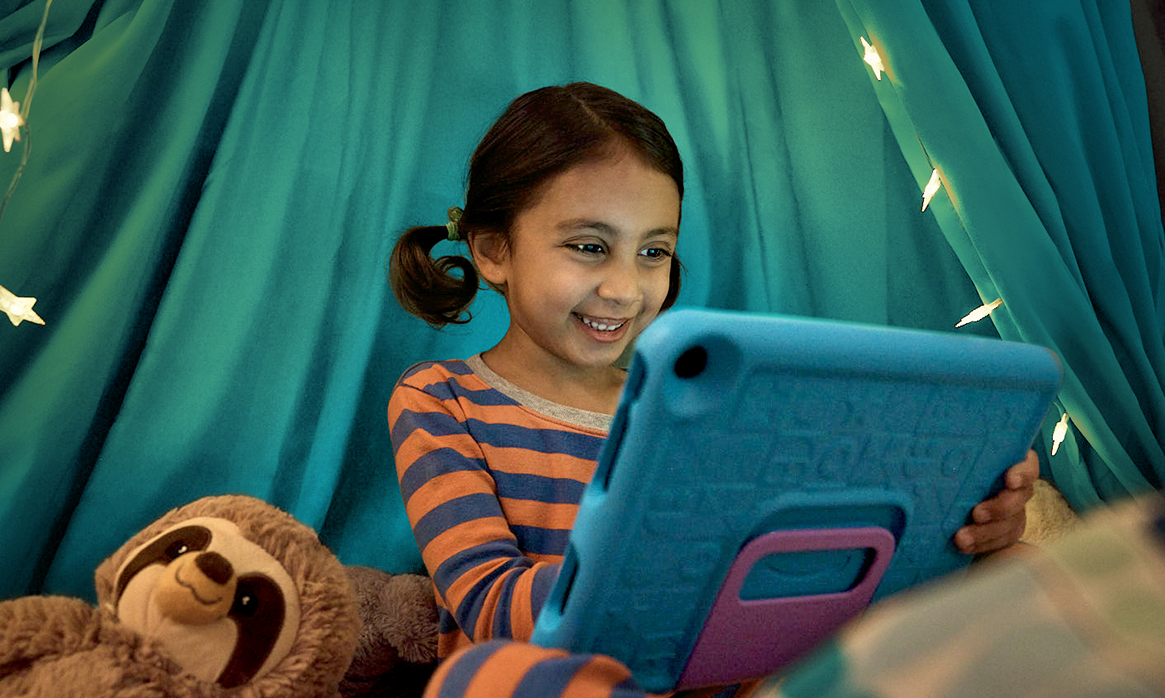Jessie Lorenz learned early on that she had to push against expectations to thrive in life.
“Growing up blind, I’d often hear people say, in one way or another, that it wasn’t possible to set things up in a manner that would be accessible for me,” she said. “The implicit message was, ‘Don't expect too much from life, kid.’”
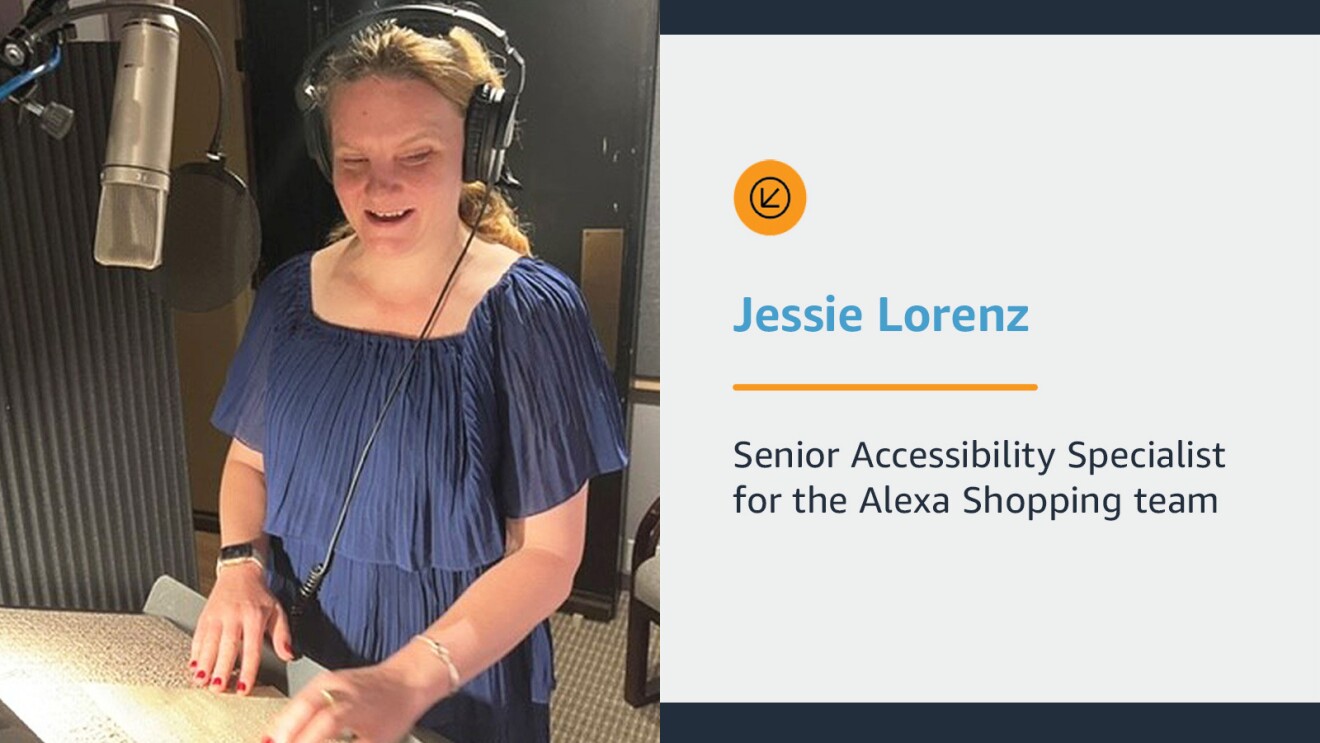
Lorenz has spent her life proving those people wrong. She expects a lot—not only from her life, but from herself. And as a senior accessibility specialist at Amazon, she works to make sure that the latest technology is accessible to everyone.
“I always want to push the envelope in my own life, but also in my role here at Amazon,” she said.
Lorenz works on a team developing features for Alexa Shopping, one of the many teams working on Alexa, Amazon’s voice AI. Looking for ways to help people with disabilities—that often also benefit everyone else—her team recently launched features like Amazon Pharmacy on Alexa and “Alexa, send my shopping list.”
“I look at where the gaps are for people, figure out how we can make things better, and then we go innovate and launch new features that do those things,” she said. “In my experience, the awesome thing about working at Amazon is that accessibility is a priority. But while we can be proud of what we’ve built, at the same time, we need to keep pushing.”
Serving people with disabilities is directly linked to Amazon’s obsession with its customers.
“Jeff Bezos said customers are divinely unsatisfied, and as part of that cohort, people with disabilities should be divinely unsatisfied, too,” said Peter Korn, director of accessibility for Amazon Devices. “We hope they are delighted when we do our job well, and then come back and ask for more like anyone else.”
And they do come back and ask. Lorenz has coordinated roundtables with wounded veterans and other events to help designers understand different accessibility challenges from customers’ perspectives. She said those conversations help ensure that accessibility applies to Alexa Shopping’s many features, and drive change at all levels in her organization.
“I feel like that’s one of the things I bring to the table at Amazon—helping get those customer stories into the right venues so that our teams can learn how to do things better,” she said.
She’s also working with other accessibility partners across the Alexa team to ensure that all features on Alexa Shopping are accessible.
But this work doesn’t stop with Alexa Shopping, or even with Alexa. It applies to other Amazon devices and services. As a result, select Fire TV devices are compatible with certain hearing aids, and the Tap to Alexa feature on Fire tablets allows customers to interact with Alexa using touch instead of voice.
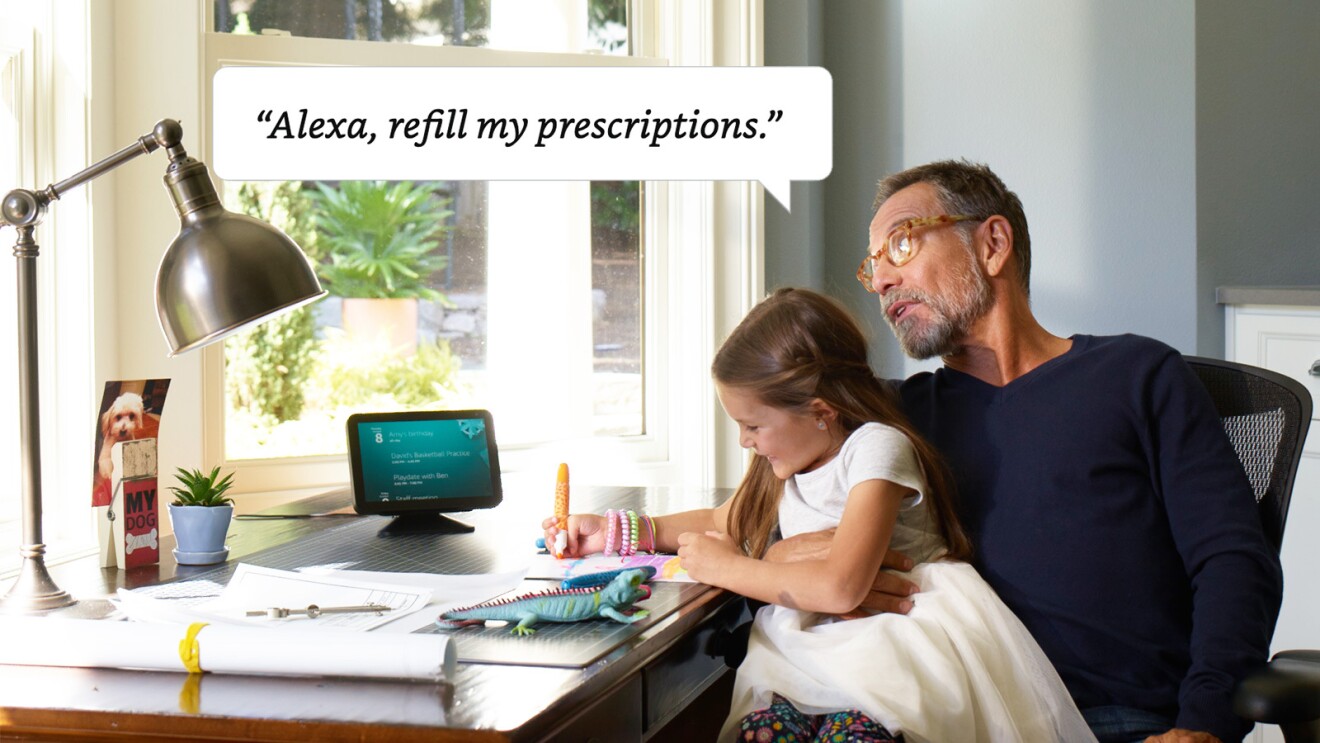
“We are all in this business because we want to impact our customers’ lives in a positive way,” Korn said. “There are many things you can do to earn a living; folks who are building devices for customers want to materially delight those customers.”
While employees with disabilities help build features and tools for customers with and without disabilities alike, other Amazon employees also dedicate their days to building a more accessible and inclusive workplace for employees like Lorenz.
“We know that it’s about more than ensuring that buildings and technology are accessible,” said Megan Smith, senior manager of Amazon’s people accessibility and disability experience team. “We are committed to bridging the gap from accessibility to equity with systemic and disability-specific efforts.”

Smith, who has low vision, said that companies may assume that merely having accessibility and accommodations will lead to true inclusion. But Smith said her team at Amazon understands that it takes more than that to build a fully accessible workplace.
“While those are critical foundations, at Amazon, we work backwards from customers—including employees with disabilities—to strive for a workplace that is accessible to everyone and responsive to the unique needs of anyone,” she said.
Resources like accessible research guides, who help Amazon scientists perform accessibility research, and the global Amazon People with Disabilities (AmazonPWD) affinity group are a few examples of how disability inclusion permeates the Amazon culture.
“It really is about making sure our technology, buildings, processes, and culture fully enable people with disabilities to do meaningful work at Amazon,” Smith said. “It’s Day 1, and we are excited to continue to challenge ourselves to achieve that vision.”
Lorenz said there’s long been a misconception that “people with disabilities need care and pity.” She now comes to work every day to change that.
“We are seeing more and more the value that folks with disabilities bring to our society and, in particular, to our workplaces,” said Lorenz. “If I can help break down that stigma and help an employer out there see a prospective job applicant with a disability more humanely and more authentically, then I'm all for it.”
Want to learn more about Amazon’s accessibility work? Check out the newly redesigned Accessibility website, and take a peek at the video at the top featuring and narrated by Lorenz herself.
Trending news and stories



